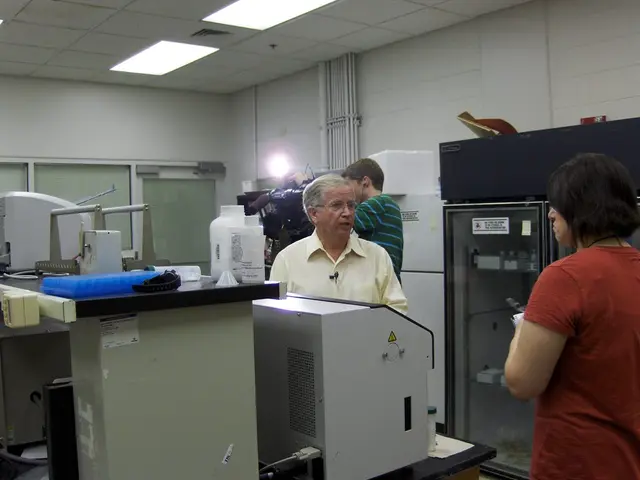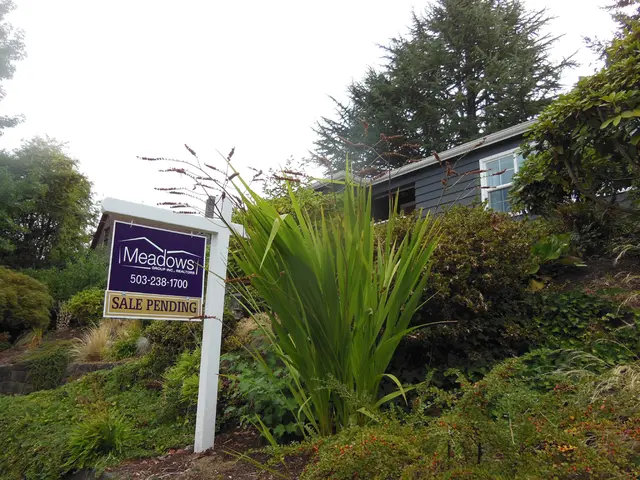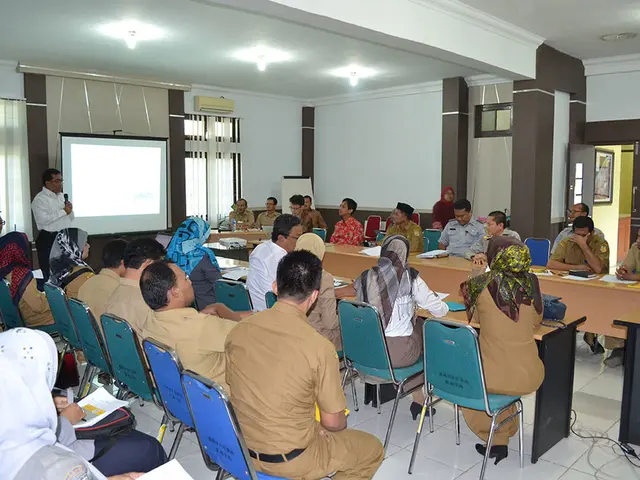Caring for Bonsai After Air Layering: Facilitating Independent Root Development
Cultivating a Healthy Air-Layered Bonsai: A Comprehensive Guide
Air-layering, a popular bonsai propagation technique, allows for the growth of new trees from existing branches. To ensure the success of your newly air-layered bonsai, it's essential to follow a few key steps.
Container Selection
When choosing a container for your newly air-layered bonsai, opt for a pot that accommodates the initial root ball without being too spacious. Shallow bonsai pots are generally preferred as they encourage fine root growth and help maintain the bonsai's compact form. For young, vigorous bonsai like newly air-layered ones, a shallow pot is often ideal, while more mature trees may need deeper containers for additional root space.
Potting Mix
A bonsai potting mix should provide excellent drainage and aeration to prevent root rot and ensure healthy root development. Common bonsai soil components include akadama (a type of volcanic clay), pumice, and lava rock or coarse sand. The exact mix ratio may vary depending on the tree species, but it should always avoid overly dense or water-retentive soils. For the rooted air layer, a mix with good moisture retention (for the initial phase) and later fast drainage is effective.
Root System Considerations
When separating the air-layered branch from the mother tree, it's crucial to preserve the root ball that has formed around the layered section using sphagnum moss or similar rooting medium. New roots may be delicate and relatively few, so transplanting into a pot that is not too large reduces transplant shock. Root pruning is sometimes necessary in bonsai cultivation to prevent a root-bound condition, encourage fine root growth, and maintain health. However, it should be done carefully and typically after initial establishment of the new tree in its pot to avoid excessive stress.
The steps to pot your air-layered bonsai are as follows:
- Carefully separate the air-layer with its root ball intact, minimizing damage.
- Pot it in a shallow bonsai container with well-draining bonsai soil.
- Water thoroughly and provide humidity and shade to reduce transplant shock.
- Avoid immediate or extensive root pruning until the tree is established; prune roots cautiously later as needed to fit the pot and promote balanced growth.
- Monitor soil moisture carefully since the young root system is vulnerable—maintain consistent but not waterlogged conditions.
Post-Potting Care
The soil mix consists of high-quality peat moss, perlite or vermiculite, and organic matter such as compost or worm castings. Monitoring root development every 2-4 weeks is crucial for certifying healthy growth and adjusting potting mix, watering, and fertilization as needed.
During the dormant season, a balanced fertilizer (10-10-10) should be applied at a reduced frequency, every 8-12 weeks, to maintain tree health. Air-layered bonsai often exhibit similar growth rates to traditionally propagated ones, as their established root systems and mature tissue give them a strong foundation for development.
During the active growing season (spring and summer), a fertilizer with a higher nitrogen content (20-20-20) should be applied every 4-6 weeks to promote vigorous growth.
By following these guidelines, you can help your newly air-layered bonsai develop a healthy root system and adapt well to its container environment.
Typically, the pot chosen for an air-layered bonsai should be shallow to encourage fine root growth and maintain the tree's compact form. Additionally, incorporating home-and-garden activities such as gardening can aid in nurturing the air-layered bonsai by ensuring the soil mix has good drainage and aeration, which helps prevent root rot and encourages healthy root development.





